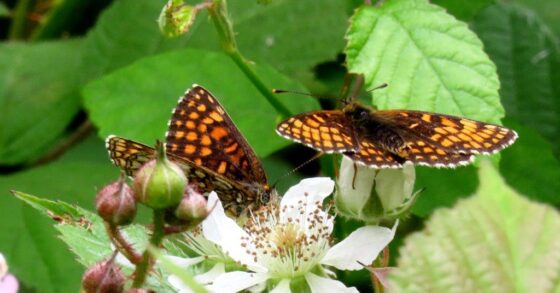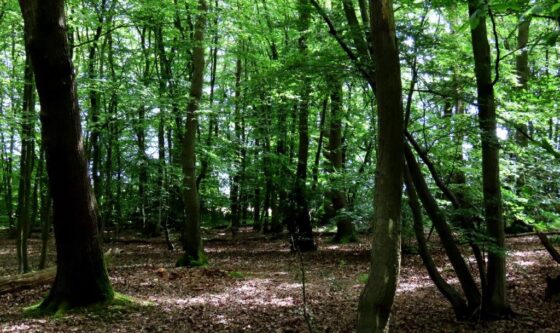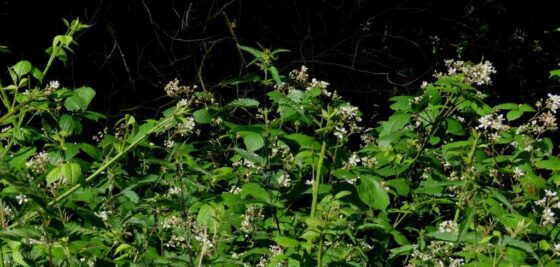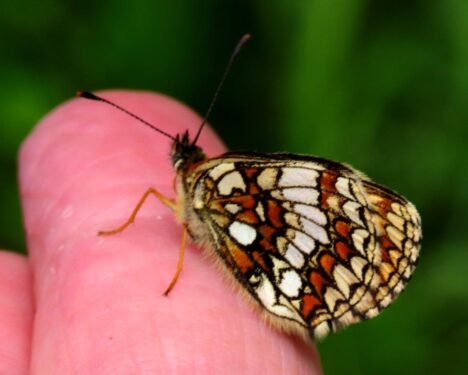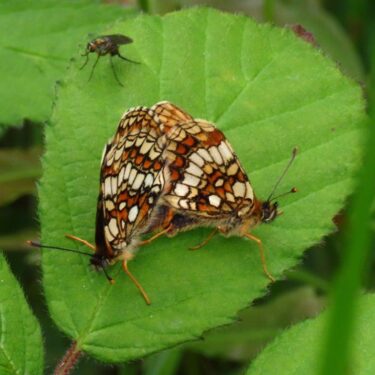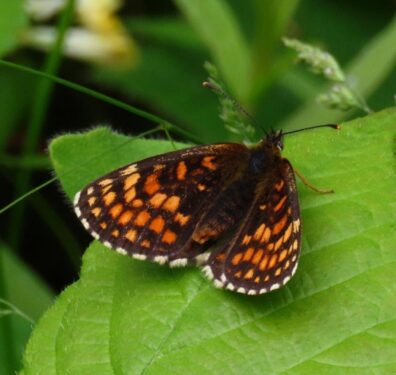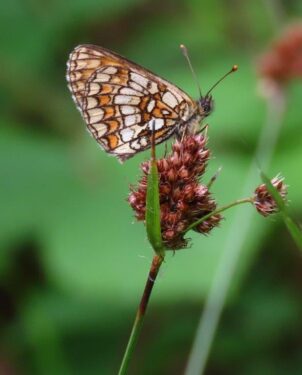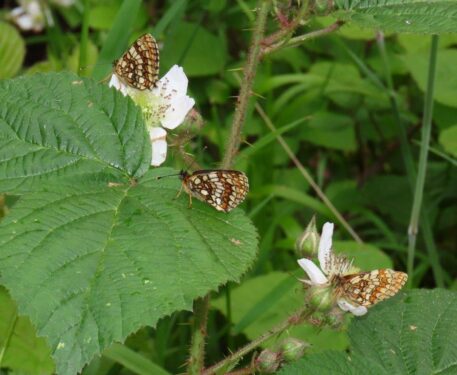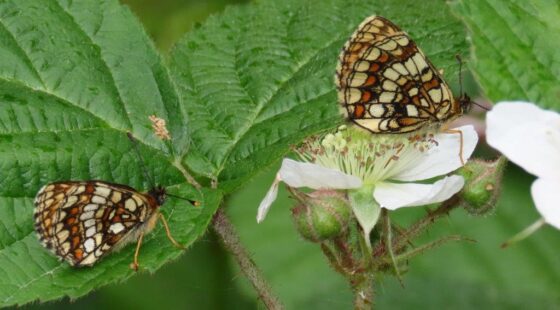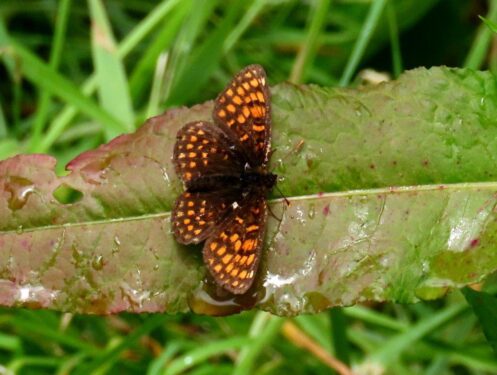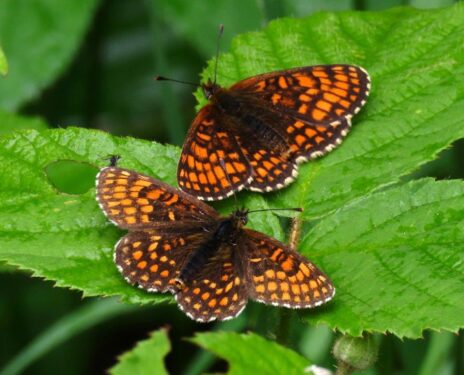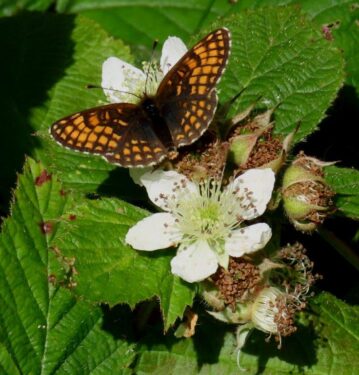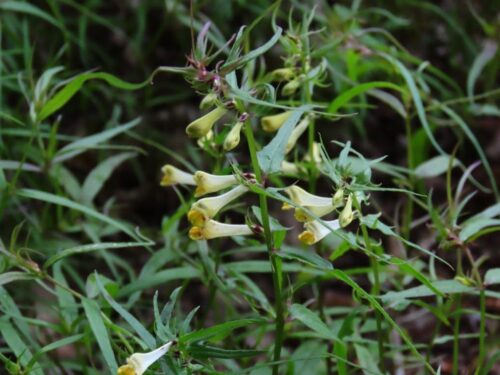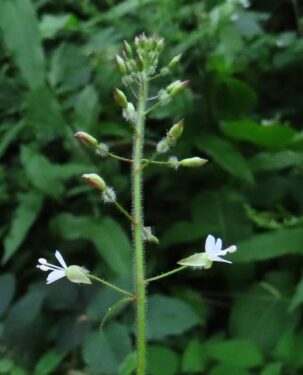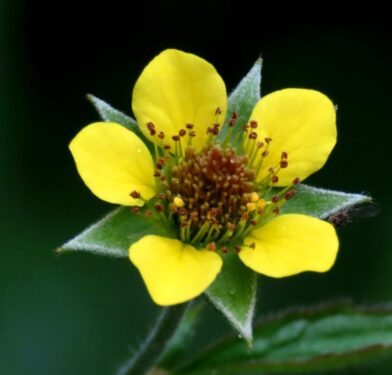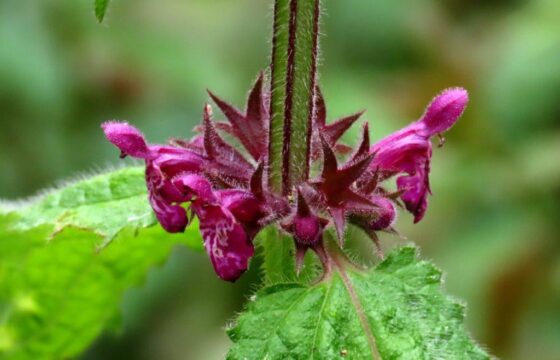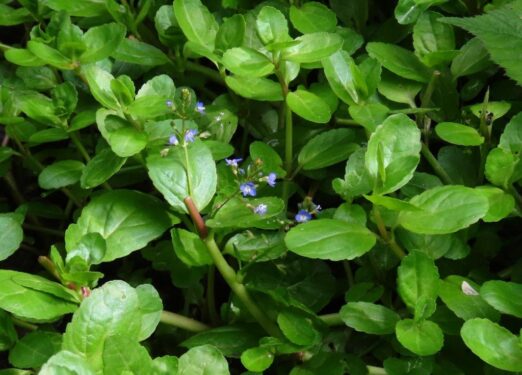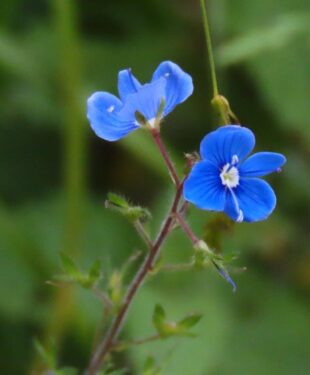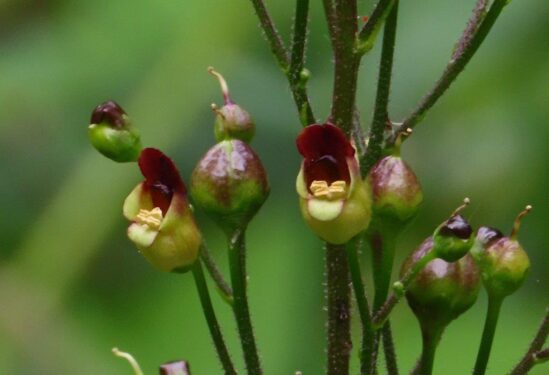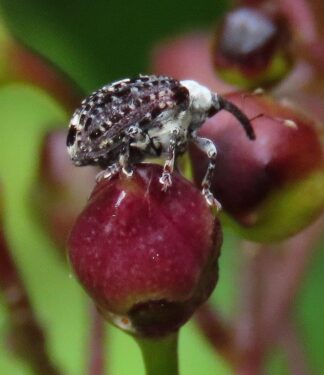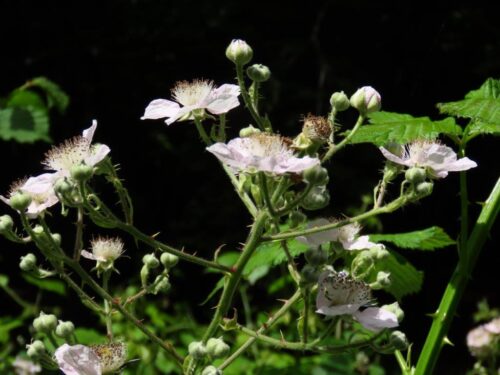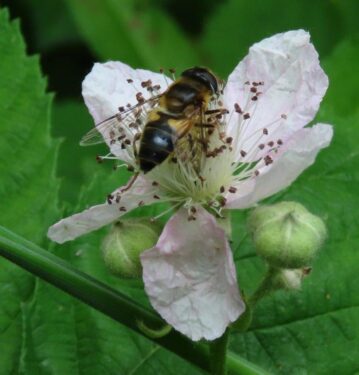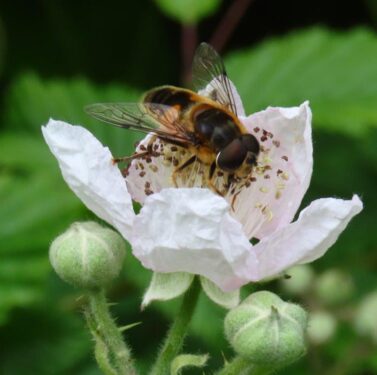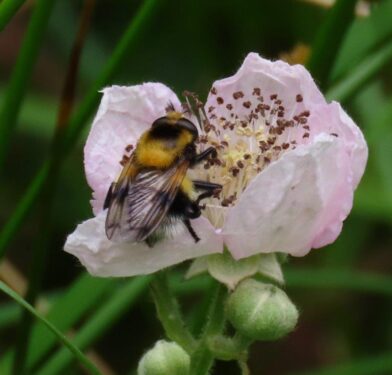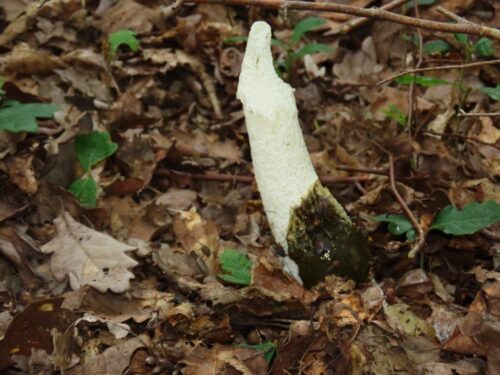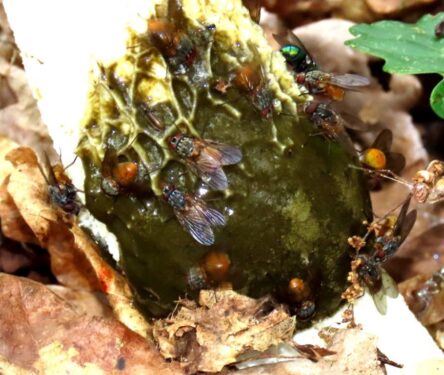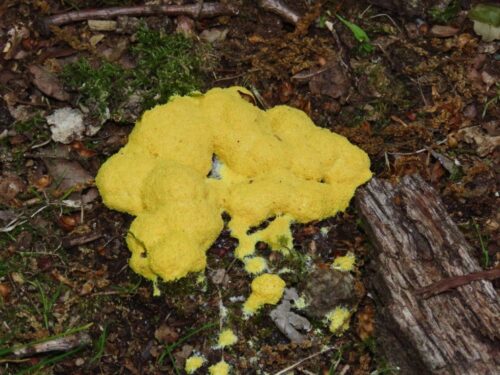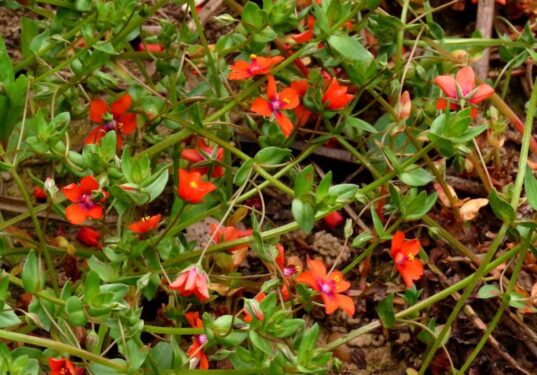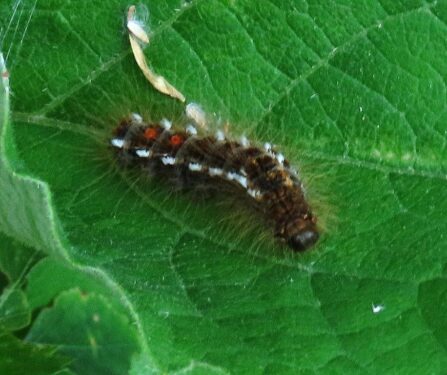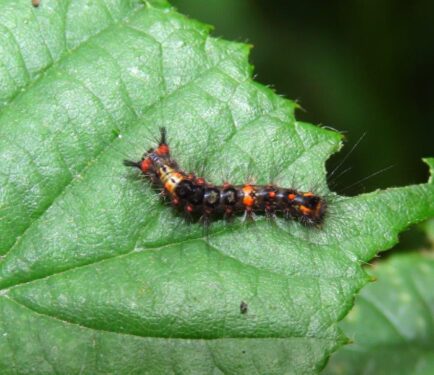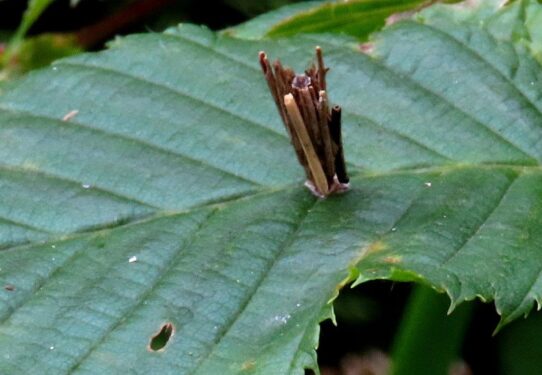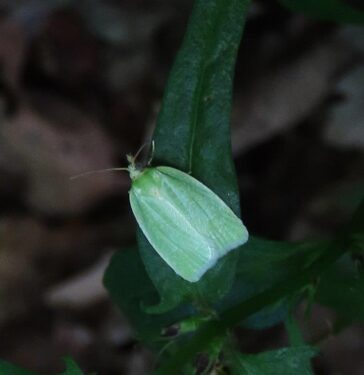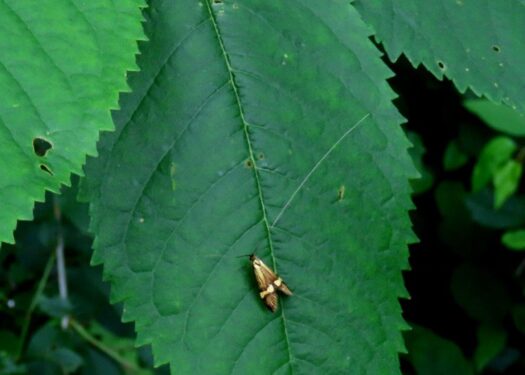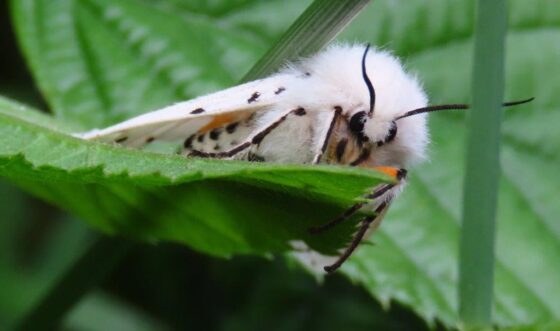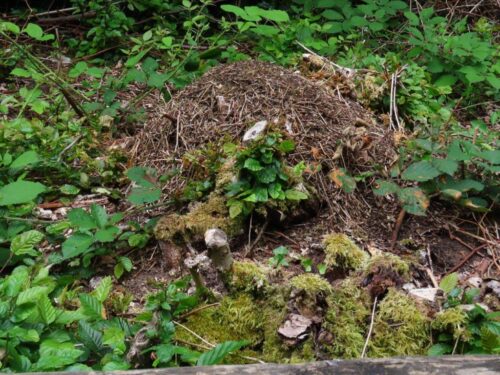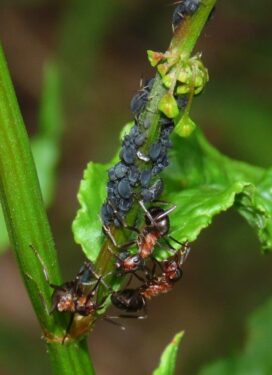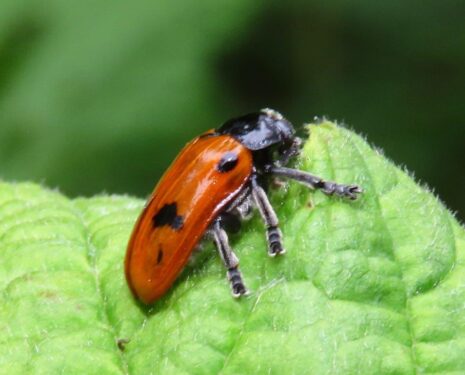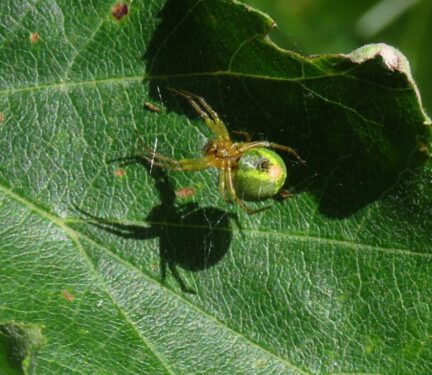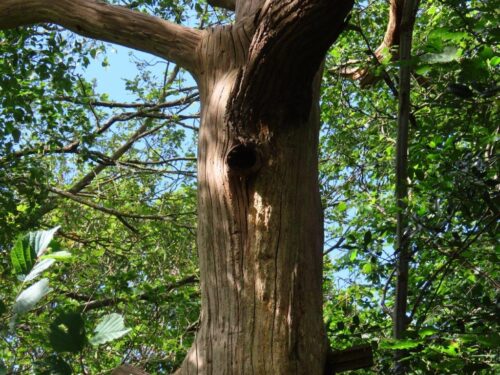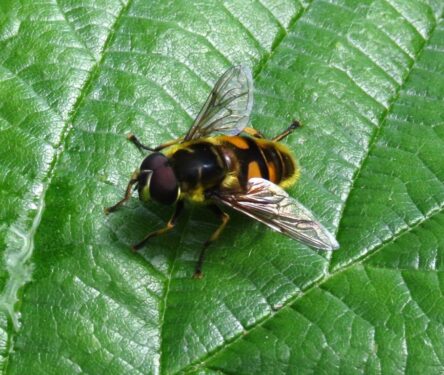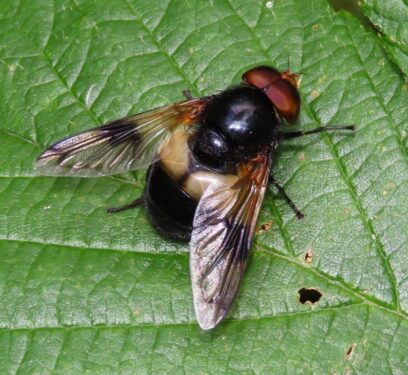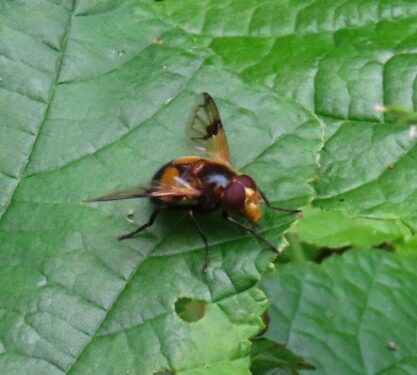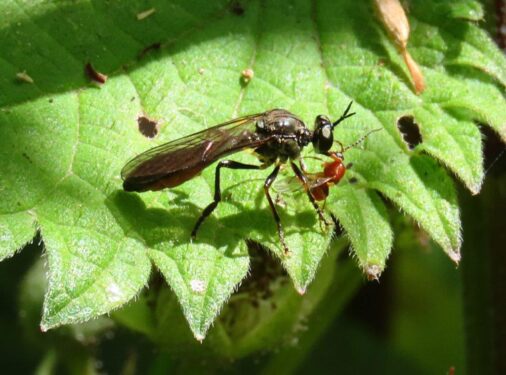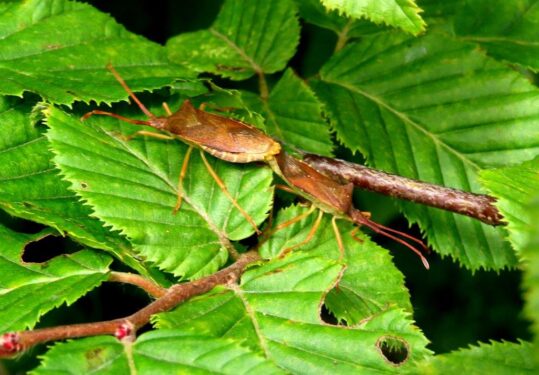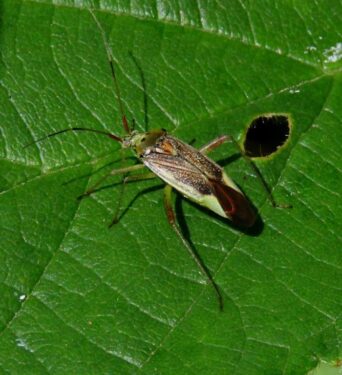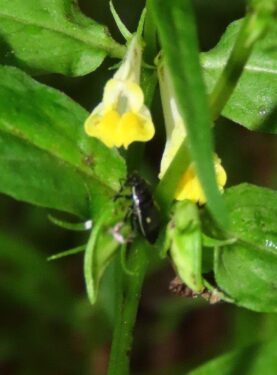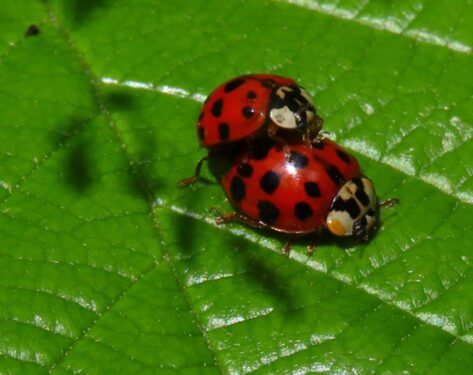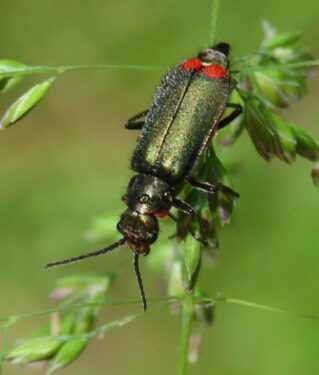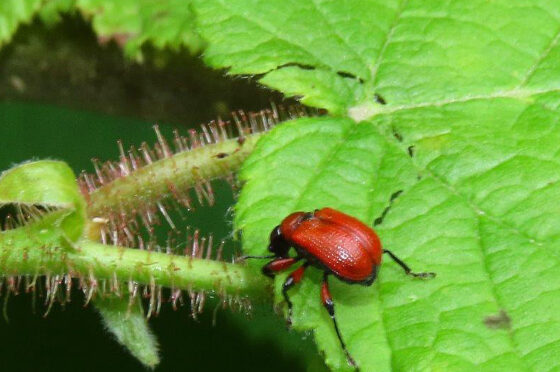Mid-June, and you are likely to find me migrating to south Essex, to Hockley Woods in particular. The largest contiguous ancient woodland block in East Anglia, Hockley Woods sit astride the ‘southern Essex Alps’, a ridge of London Clay capped with sands and gravels, and have become a traditional fixture for Naturetrek day walks at this time of year, searching especially for one of our rarest butterflies, the Heath Fritillary. But this year one of the two days failed to attract interest, so I offered a shorter two-hour session on the first day to our #WildEssex contingent.
I am always worried by this trip. Given the butterflies have a short flying season of only three weeks or so, and that they can start as early as mid-May and as late as mid-June, there is no date that can guarantee sightings. Having said that I have never failed, but with this year’s anomalous spring weather I was almost expecting the worst…
No need to worry!. The #WildEssex afternoon stroll was in dull, breezy conditions (not ideal) but after a bit of searching we managed to locate about 40 pristine specimens. And because of the lack of sunlight they were remarkably docile!
So pressure off for the Naturetrek day, one with similarly variable weather, from cloud and wind, to heavy rain (fortunately every time we were in easy reach of a closed, sheltering tree canopy, thanks to the Met Office app!), and in the afternoon one or two decent spells of hot sunshine. The morning produced more than the previous day, all pristine and many having apparently very recently emerged from pupa, but in the sun later on it was clear we were in the middle of a major event…
A conservative estimate was of 600 or more of the wonderful wood-sprites, frantically flittering, feeding and flirting in little swirling clouds around the wide rides. Absolutely amazing! And remarkably, quite by chance we seem to have hit upon peak fritillary twice in the four years we have been offering the walk.
One reason why this site is so important for Heath Fritillary is the abundance of its larval food plant Common Cow-wheat in the coppices and rides. But apart from this, there are relatively few other plants in flower, the spring flush having now faded. Honeysuckle is just emerging…
… while there was a sparse showing of Enchanter’s-nightshade, Wood Avens, Hedge Woundwort, Brooklime and Wood Speedwell …
… along with a few plants of Common Figwort. And where there is figwort, a sharp-eyed member of the group spotted the Figwort Weevil, living up to its name.
Thank goodness for the Bramble! Lining every ride-side and filling every gap in the leaf canopy, Bramble flowers were bursting forth and feeding all manner of insects, with bumblebees and Honeybees, and especially numerous hoverfly mimics of these two groups:
Deeper in the shade of the trees, birds were singing, especially Stock Doves, Blackcaps, Wrens, Chiffchaffs and Robins, calling Treecreepers and Nuthatches, and bands of fledgling Great, Blue and Long-tailed Tits. A few fungi were evident, most noticeably nasally the Stinkhorn whose spore-mass had slipped down its shaft, but was still an enticing prospect for a range of scavenger/disperser flies…
… and the fungus-like (albeit not closely related) Dog-sick Slim-mould.
At the other end of the light/shade spectrum, a walk along the woodland edge produced arable plants like Scarlet Pimpernel, Brown-tail moth caterpillars, at least five singing Skylarks (even in the strong winds) and foraging Buzzards.
But these were walks filled mostly with the wonderful variety of invertebrate life. Starting with the lepidoptera, we found Vapourer caterpillar, bagworms Psyche casta, and adult Gold-barred Longhorn, Green Oak-roller and White Ermine. But apart from the fantastic fritillaries, only half-a-dozen Holly Blues and a couple of Speckled Woods.
Large Wood Ants’ nests are a real feature of the wood: it is unwise to stand too still for too long! The ants are everywhere, heaving, hauling and searching, as well as tending and milking the blackfly colonies on many a dock shoot.
And on both days we found a single example of one of the specialities of this wood, Four-spotted Leaf-beetle. This is a myrmicophilous species, inhabiting the ants’ nests, and known in Essex only from one other wood apart from the Hockley complex.
Cucumber Spider was a diversion from the insects, while a wild Honeybee nest in a hole high up a dead tree raised our sights temporarily away from the ride-sides in front of us!
Hoverflies were among the most readily encountered insects, some of the more recognizable being Batman and Large Pied Hoverfly …
It was especially good to find several Orange-belted Hoverflies Volucella inflata: nationally scarce and very scattered in Essex, this is associated with the best ancient woods, but seems not to have been recorded here before.
A Stripe-legged Robber-fly enjoyed its lunch as we watched…
Moving onto the true bugs, Box-bugs and Closterotomus trivialis have both colonised Essex on the past two decades …
… and in response to the leader’s challenge to the Naturetrek group, the sharpest of sharp eyes evetually came across something I have always wanted to see, Cow-wheat Shield-bug. Sorry for the awful photo (put it down to the deep gloom, stair-rod rain at the time, and my disbelief and excitement), but its white border and central wing-spot can clearly be seen. Again nationally scarce, this has been recorded in Essex only from this woodland complex, since 2009, and only rather sporadically. A great find!
And finally to beetles, including a typical motley selection …
… but what for me was possibly the sighting of the day, better than 600 wood-sprites or a long-awaited shield-bug first, a Hazel Leaf-roller Weevil. Not only is this rare in Essex (the Essex Field Club map shows only a couple of spots, both in the extreme south, neither at Hockley – although it seems to omit a record we made in Wivenhoe a few years ago, so that might be out of date) it was also doing what it says on the tin – she was perforating the Hazel leaf in order to roll it up as protection for her eggs. Sometimes I feel we spend too much time looking at the bigger picture, chasing after bigger and better, that we overlook the wonderful intricacies of the natural world right in front of a our very noses.
